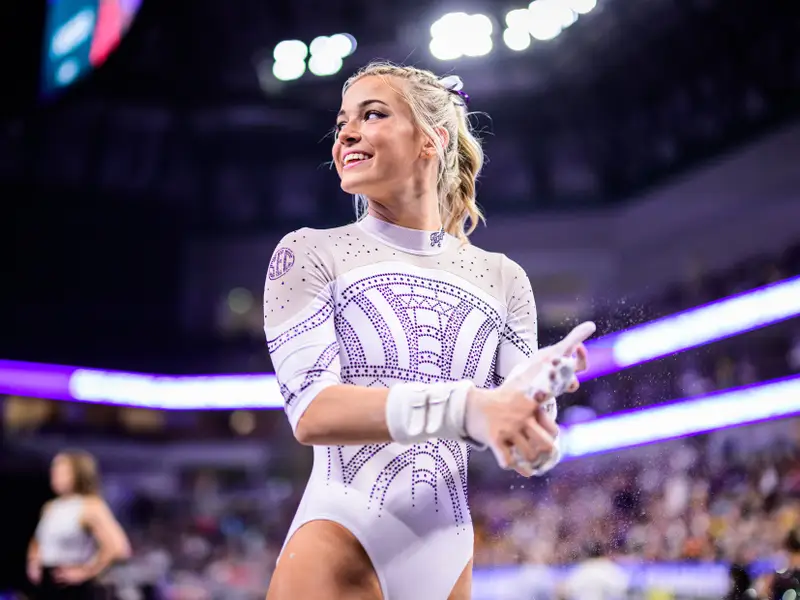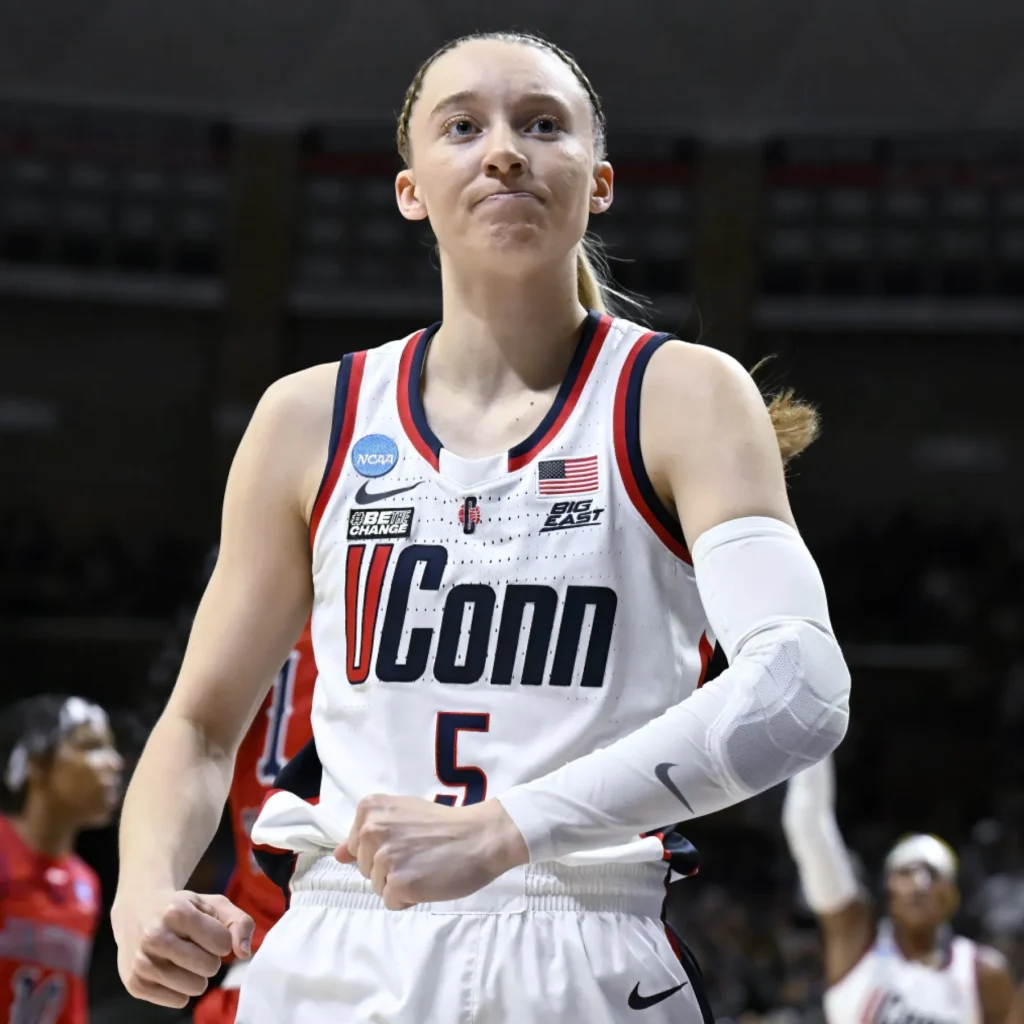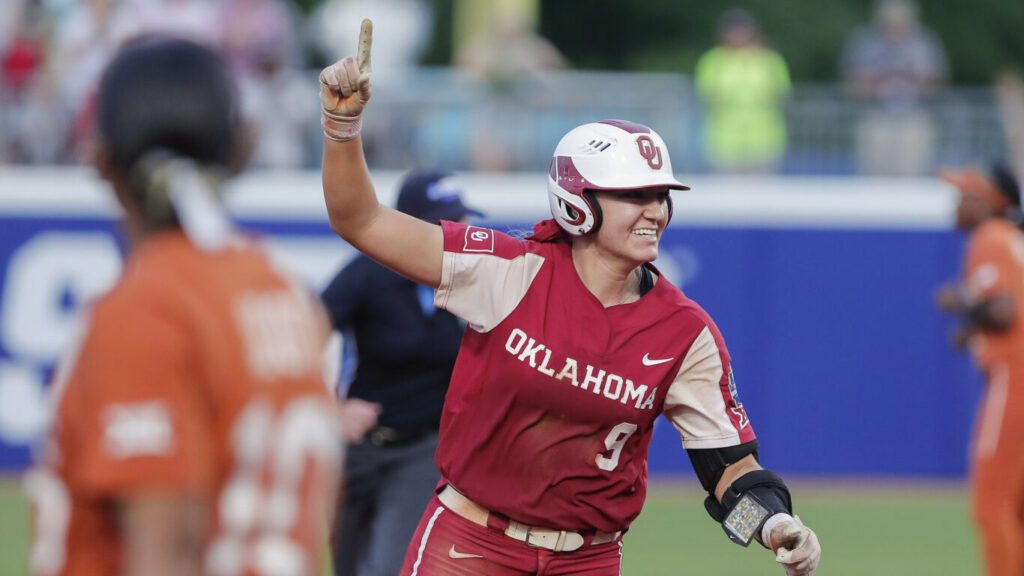The NCAA has dramatically changed the college athletics landscape with its updated Name, Image, and Likeness (NIL) rules. Previously, athletes were prohibited from earning money based on their popularity, with the organization citing the need to maintain “amateurism.” This outdated concept barred athletes from receiving compensation, even as their performances generated millions for universities.
In 2025, however, the NCAA NIL rules empower student-athletes to profit from their brands while balancing their academic and athletic responsibilities. From social media influencing to sponsorship deals, athletes now have several avenues to monetize their talents. Let’s dive into the specifics of the rules and the opportunities available to today’s college athletes.
What Are the Updated NCAA NIL Rules in 2025?
The NCAA NIL rules have changed dramatically since they were first introduced. College athletes can still profit from their name, image, and likeness, but the system has evolved far beyond simple brand deals and sponsorships.
Under the newest regulations, Division I schools are now allowed to directly compensate athletes through a revenue-sharing model. This means that in addition to signing endorsement deals, student-athletes can receive part of the money their school earns from media rights, ticket sales, and other revenue sources. The change marks the first time in NCAA history that athletes can legally be paid by their universities while maintaining their amateur status.
Athletes can continue to:
- Sign sponsorship and endorsement contracts.
- Be paid for public appearances, autographs, or social media promotions.
- Work with collectives or marketing agencies to manage their NIL opportunities.
However, important restrictions remain. Athletes still cannot:
- Be paid directly for their performance in games or competitions.
- Accept money or deals as a condition for enrolling at a specific school.
- Participate in NIL activities that violate school, conference, or state policies, such as promoting gambling or adult content.
To maintain transparency, all NIL agreements over a certain value must now be reported through official school compliance channels. This ensures that deals have a legitimate business purpose and are not being used as disguised recruiting payments.
Overall, the NIL landscape in 2025 is more structured and professional than ever. Athletes have greater earning potential, schools have clearer rules to follow, and the NCAA has begun to embrace a model that blends opportunity with accountability.
The Evolution of NIL Earnings
Since the start of the NIL era, college athletes have become some of the most valuable influencers in sports. By 2025 several have annual valuations in the millions.
Arch Manning of Texas leads the way with a reported NIL valuation around $6.6 million. Even though he was not yet a full-time starter, his family name, brand deals, and social media presence gave him huge earning potential.
Carson Beck at Miami is another breakout, with an estimated NIL value of about $4.3 million. His partnerships include major national brands and reflect how much athletes can earn from their image off the field.
Jeremiah Smith at Ohio State is also in the top tier, with a valuation around $4.2 million. As a wide receiver with a strong media profile he shows how even non-quarterbacks can capture big NIL deals.
These figures show that the NIL market is no longer just about small local endorsements. It’s a serious business with national brands, major platforms, and huge visibility. Athletes now build media brands, social-media followings, and business deals that rival professional earnings—sometimes before they ever play a full season.
What remains clear is that only a small number of athletes reach these levels. Most college players still earn modest NIL deals, or none at all. The stars pulling in millions are the exception, not the rule.
Ways to Maximize Earnings Under NCAA NIL Rules
The new NIL landscape offers student-athletes several ways to monetize their fame. Here are three popular methods:
1. Use Cameo to Earn Money
Cameo allows athletes to sell personalized video messages to fans. College athletes can set their rates, with some charging as little as $40 per video and others reaching $125 or more.
How Cameo Works:
- Fans submit requests through the platform.
- Athletes accept or reject requests within seven days.
- Completed videos are sent to fans, while rejected requests result in automatic refunds.
In addition to videos, athletes can host live chats or virtual meet-and-greets for higher fees. Cameo takes a 25% cut of the earnings, leaving the rest for the athlete.
2. Become a Local Business Spokesperson
Small businesses are eager to partner with college athletes for marketing purposes. Athletes can sign endorsement deals to promote products or services through appearances, commercials, and social media campaigns.
Key Benefits:
- Businesses often provide free products or services in addition to financial compensation.
- Athletes help businesses gain credibility and visibility by associating their brands with rising sports stars.
For instance, athletes in states like California, where NIL laws have been established longer, have capitalized on lucrative local sponsorships.
3. Social Media Influencing
With the rise of social media, athletes can leverage their platforms to secure sponsorships and build personal brands. Many athletes monetize their accounts by promoting products, running ad campaigns, or even creating subscription-based content for fans.
How to Succeed as a Social Media Influencer:
- Understand Your Audience: Share relatable content that reflects your personality and interests. Fans care about more than athletic performance—they want to connect with your story.
- Be Consistent: Posting regularly and engaging with followers can help you grow your audience and attract sponsors.
- Collaborate with Peers: Networking with other influencers or athletes can expand your reach and increase your earning potential.
Challenges and Limitations of NIL Rules
While the new NIL rules provide unprecedented opportunities, they also come with challenges:
- Time Management: Balancing athletic, academic, and endorsement responsibilities can be overwhelming for student-athletes.
- Oversaturation: As more athletes enter the NIL market, competition for lucrative deals increases, making it harder for lesser-known players to stand out.
- Compliance Issues: Athletes must navigate complex rules and regulations to avoid penalties. Missteps, such as promoting prohibited brands, can result in fines or suspension.
Are NIL Rules Benefiting College Sports in 2025?
The NCAA NIL rules have completely changed college sports. What began as a way for athletes to profit from brand deals has now evolved into a structured system that allows schools to directly share revenue with players. This shift has given student-athletes real financial power but also introduced new challenges for schools, coaches, and teams.
Pros
- Athletes Can Now Share in College Sports Revenue
With the new revenue-sharing model, athletes can receive direct payments from their schools in addition to traditional endorsement deals. This creates a fairer system where players who help generate millions in revenue finally share in the success. - Better Incentives to Stay in School
The opportunity to earn significant NIL income has encouraged some athletes to stay in college longer rather than immediately turning professional. This improves the overall talent level and fan engagement across college sports. - Greater Entrepreneurial Opportunities
Many athletes are building their own brands through social media, apparel lines, and personal appearances. NIL has turned college sports into a launching pad for business-minded athletes who can build a future beyond their athletic careers.
Cons
- Widening Gap Between Big and Small Programs
Larger schools with bigger fan bases and booster collectives have more resources to attract top talent. Smaller schools struggle to keep up, leading to growing inequality in recruiting and team competitiveness. - Tension Within Teams
Disparities in earnings can create tension in locker rooms. Star players might earn millions while others on the same roster receive very little, which can affect team chemistry and morale. - Complex Compliance Requirements
The newer NIL rules require schools and athletes to report deals, follow tax and legal guidelines, and verify that agreements serve legitimate business purposes. For many programs, keeping up with these regulations has been a major administrative challenge.
Top Division I Teams with the Biggest NIL Budgets
As NIL opportunities have grown, certain Division I programs have separated themselves with enormous NIL and revenue-sharing budgets. These budgets allow schools to attract elite athletes, retain top talent, and compete nationally both on the field and in the transfer portal.
Below is an overview of some of the top programs leading the NIL race in 2025.
| Program | Estimated Annual NIL / Revenue Budget | Notes |
|---|---|---|
| Texas Longhorns (Football) | $22 million+ | Texas has one of the most powerful NIL collectives in the country, giving them a major edge in football recruiting and player retention. |
| Ohio State Buckeyes (Football) | $20 million+ | Ohio State’s large alumni base and donor network have made it a consistent NIL powerhouse with strong support for football and basketball athletes. |
| Oregon Ducks (Football) | $17 million+ | Oregon’s NIL success is built around brand partnerships and a strong donor community, keeping them competitive in football and track. |
| Alabama Crimson Tide (Football) | $15 million+ | Alabama continues to dominate both on and off the field with an expanding NIL program that helps attract top-tier recruits. |
| Georgia Bulldogs (Football) | $14 million+ | Georgia’s national success has fueled rapid NIL growth, especially through football-focused collectives and corporate deals. |
| Texas A&M Aggies (Football) | $13 million+ | Texas A&M’s NIL backing gives athletes strong financial incentives and keeps the program competitive in the SEC. |
| Kentucky Wildcats (Men’s Basketball) | $10 million+ | Kentucky remains a major NIL player, focusing much of its budget on men’s basketball while growing opportunities for football athletes. |
| Miami Hurricanes (Football & Basketball) | $9 million+ | Miami’s NIL program combines corporate sponsorships with local business deals, creating strong incentives for multi-sport athletes. |
| Florida Gators (Football) | $8 million+ | Florida’s collectives have grown quickly, making it one of the more balanced NIL programs across all sports. |
| USC Trojans (Football) | $8 million+ | With access to Los Angeles media markets, USC continues to attract high-profile athletes with strong branding opportunities. |
Why NIL Budgets Matter
Large NIL budgets give top programs a serious competitive advantage. These schools can offer athletes not only exposure and development but also meaningful financial opportunities during their college careers. As a result, recruiting has become as much about NIL strategy as coaching and tradition.
The schools with the biggest budgets tend to dominate the transfer portal, signing more high-profile recruits and keeping top players from leaving early for professional leagues.
The New Financial Divide in College Sports
While big programs thrive under this new system, smaller schools face growing challenges. Many mid-level Division I programs simply cannot match the multi-million-dollar resources of powerhouse schools. This creates a new financial divide across college athletics — one driven by NIL budgets rather than just conference prestige.
Still, the expanding NIL landscape continues to evolve. As more schools organize their funding and partnerships, the hope is that future regulations will create a fairer balance between large and small programs while still allowing athletes to benefit from their own success.
A New Era for College Athletes
In 2025, the NIL landscape is more organized and professional than ever. Athletes can earn through sponsorships, school revenue-sharing pools, personal appearances, and social media collaborations. The model has shifted college sports closer to professional structures while maintaining the excitement and tradition of amateur competition.
Despite its challenges, NIL has made college sports more fair for athletes. It has opened doors for financial independence, brand building, and personal growth. For student-athletes willing to adapt, this new era offers not just opportunity on the field, but long-term empowerment beyond it.






